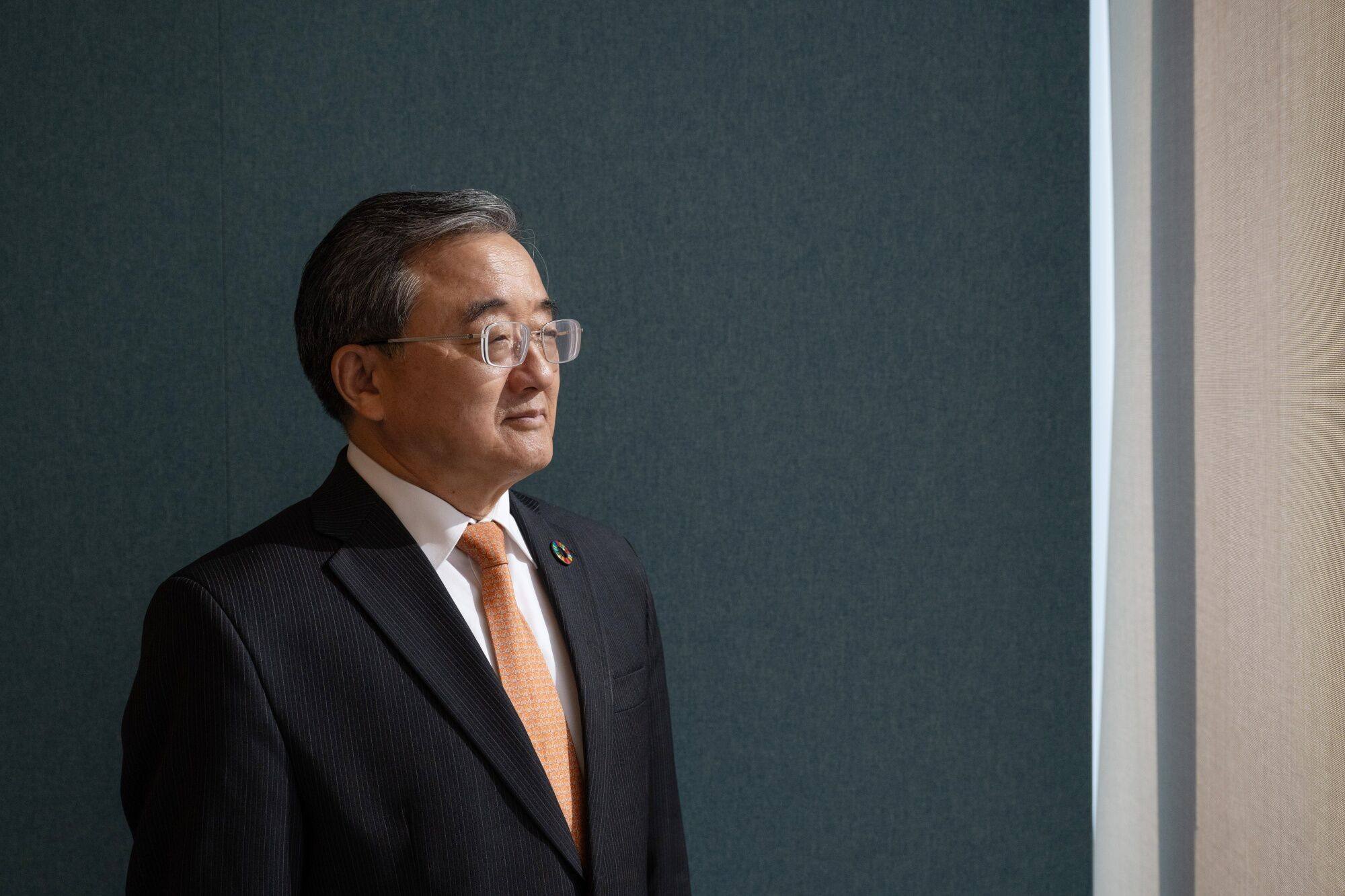
“The two sides committed to promote bilateral cooperation and conduct capacity building,” the read-out said.
“They exchanged experiences and challenges with respect to their respective climate policies and actions, with a view to responding meaningfully to the climate crisis and beyond.”
The US aimed to curtail other greenhouse gases as well, the read-out added, including tropospheric ozone precursors and industrial nitrous oxide, commonly known as nitro.
The former results from chemical reactions during the combustion of fossil fuels like petrol and diesel, while the latter is used extensively in the automotive industry to enhance the performance of internal-combustion engines.
Both sides also agreed to bolster political and technical exchanges to mitigate deforestation and expedite urban transformation towards sustainable, low-carbon cities.
Washington and Beijing further committed to “accelerate” efforts to decrease China’s coal consumption and reach the US objective of 100 per cent clean-energy production.
They agreed to meet again in Berkeley, California, on May 29 and 30 for a high-level bilateral event covering subnational climate action.
Last month, American authorities asked South Korean firm Hanwha Q Cells to revoke an exemption under which leading solar-panel technologies from China and other nations could be imported without tariffs, according to Reuters.
This action was designed to close loopholes exploited by the Chinese solar-power sector to dodge tariffs levied by Washington on direct imports from China.
That followed a vow by the US Commerce Department last August to impose import duties on Chinese solar-panel producers who complete their products in Southeast Asia, purportedly to mask their origin and evade American import duties.

